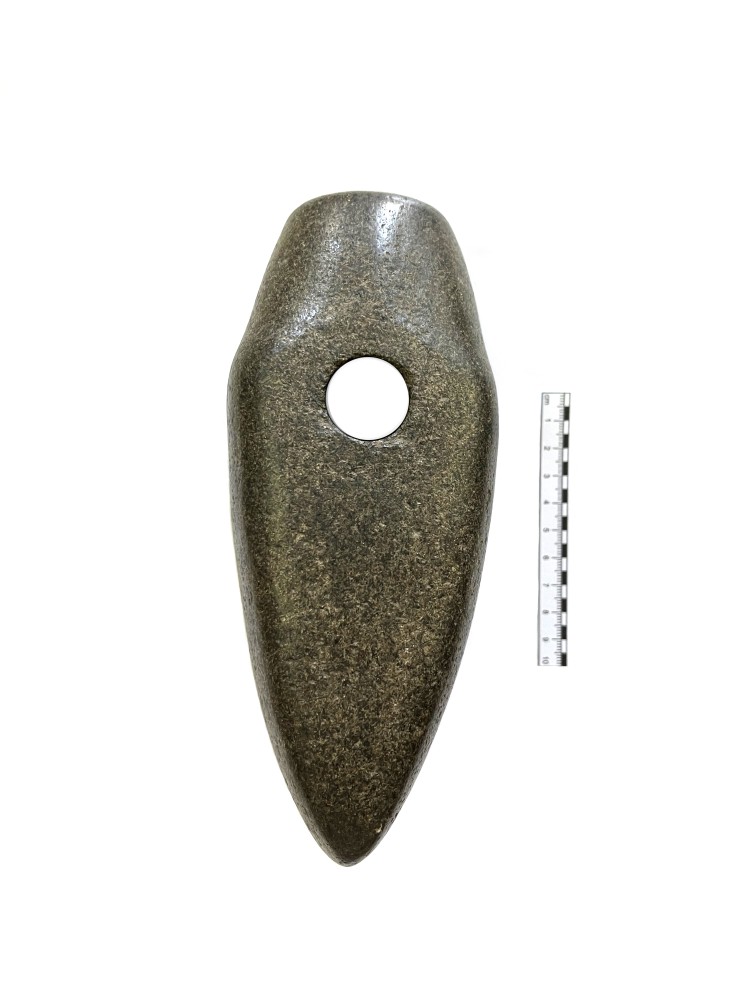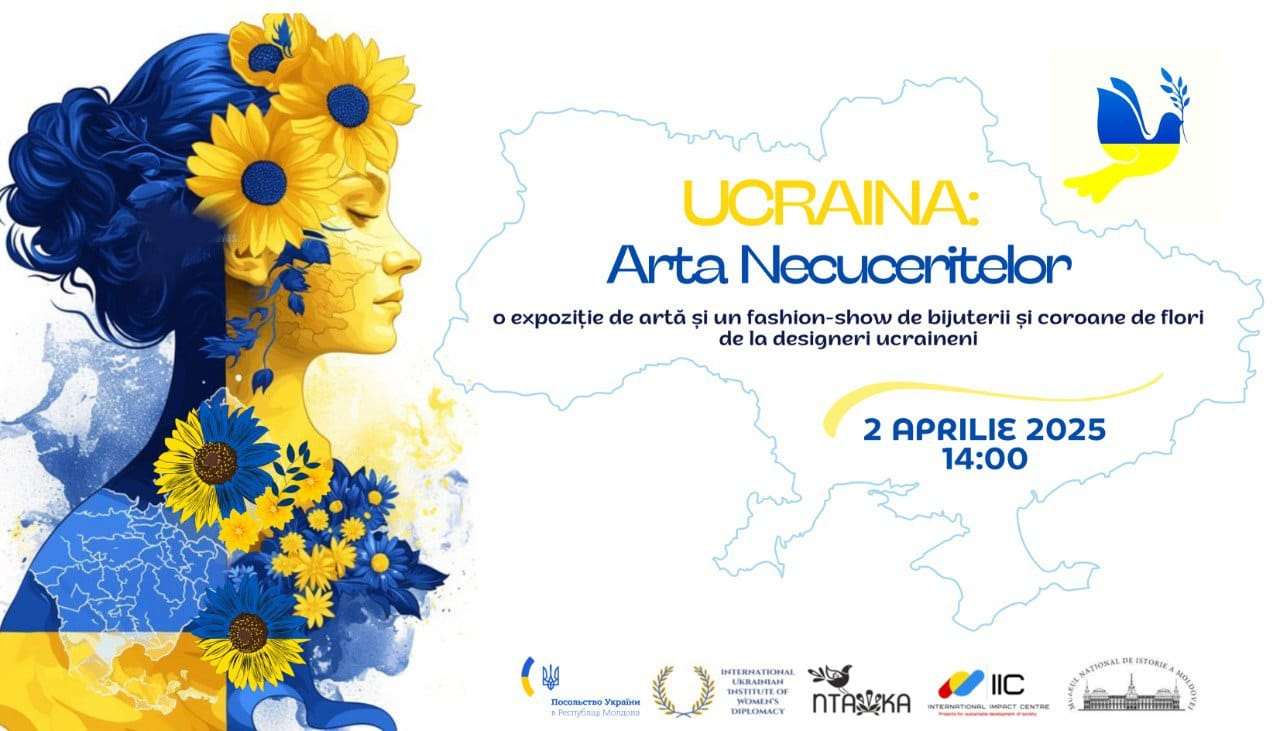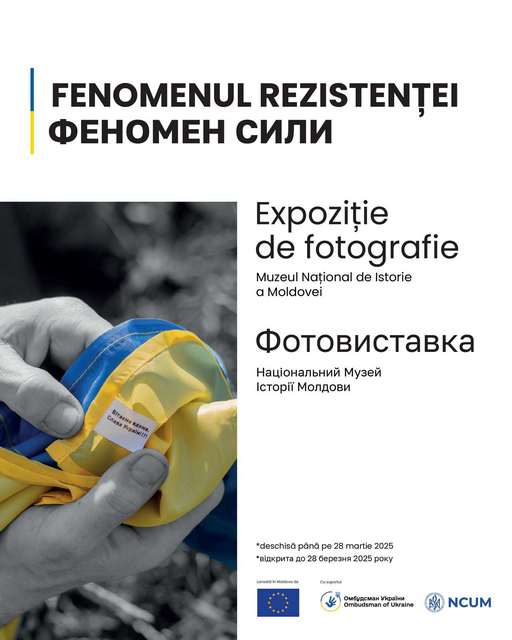  Events Archive Events Archive
Opening of the exhibition "About the Polish language"
September 26, 2023
On Tuesday, September 26, 2023, the opening of the exhibition "About the Polish language" took place, organized by the Polish Institute in Bucharest in partnership with the National Museum of History of Moldova in the context of the European Day of Languages. This holiday was established in 2001 by the European Union and the Council of Europe and is celebrated annually on September 26. The European Day of Languages aims to bring to the public's attention the great linguistic variety of Europe, to promote cultural heritage and linguistic diversity, to encourage people of all ages to learn foreign languages, as well as to promote language-related professions. At the opening of the exhibition, H.E. Mr. Tomasz Kobzdej, Ambassador of the Republic of Poland in Chisinau, Mrs. Katarzyna Zalaszewska, project coordinator of the Polish Institute in Bucharest and Mrs. Livia Sîrbu, deputy director of the National Museum of History of Moldova made welcoming speeches. The speakers pointed out the importance and role of the mother tongue for each person, community and nation, referring to the national values of each state. In addition, they emphasized the importance of collaborations between these institutions in order to strengthen cultural relations between Poland and the Republic of Moldova. The exhibition consists of 15 banners, which present the uniqueness of the Polish alphabet and language in their entire splendor, offering us in a fun way (through text and drawing) to learn the secrets of the Polish language, the history of the language, the basic rules of pronunciation, as well as numerous curiosities. Everyone can find out, among other things, what is the oldest sentence written in Polish, what are the "strange" letters of the Polish alphabet, as well as onomatopoeic expressions, which sound funny and literally whistle, squeak and creak on the exhibition panels. It is very important to understand that the exhibition not only allows us to discover more information about Polish, but also encourages us to learn this interesting language that is spoken by more than 40 million people around the world. The exhibition can be seen on the fence of the National Museum of History of Moldova from September 26 to October 26, 2023.
|
 31 August 1989 St., 121 A, MD 2012, Chisinau, Republic of Moldova
31 August 1989 St., 121 A, MD 2012, Chisinau, Republic of Moldova























































